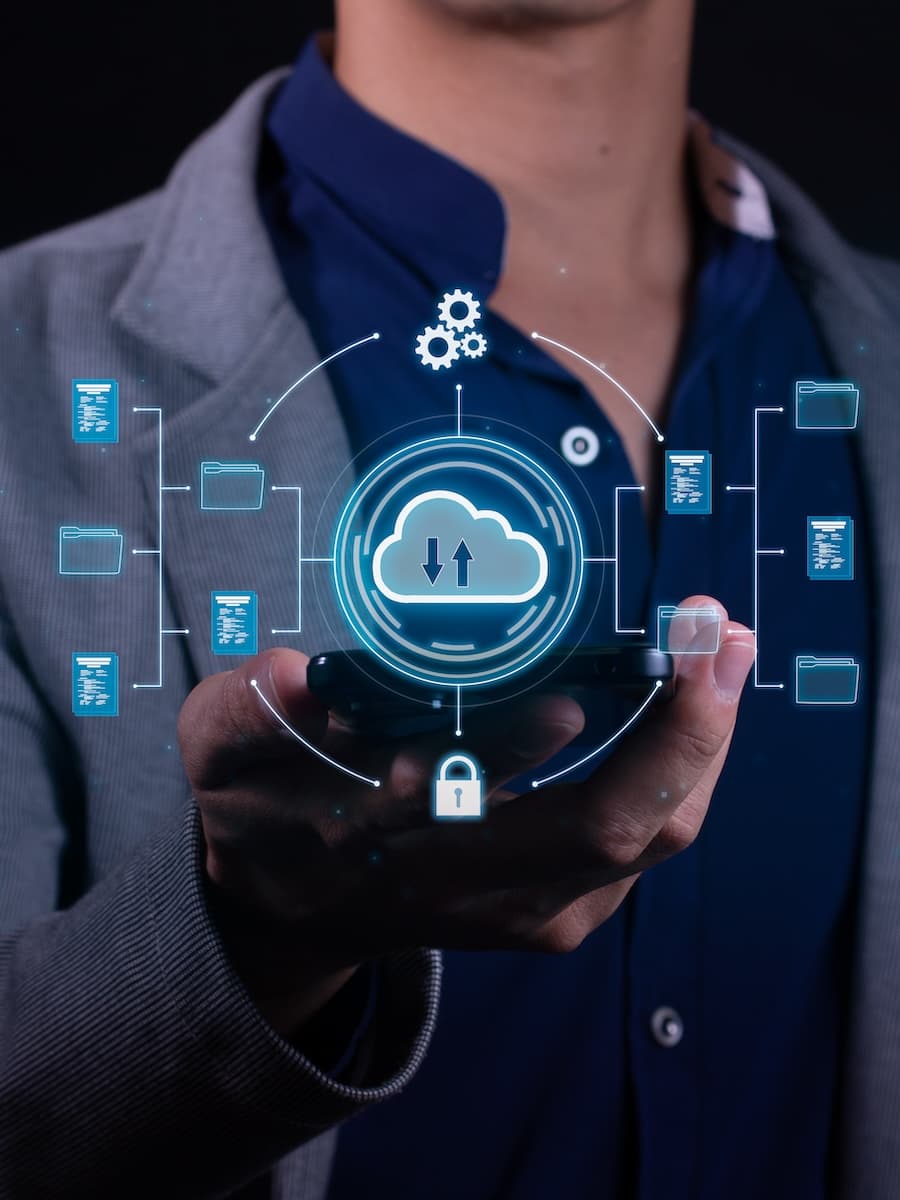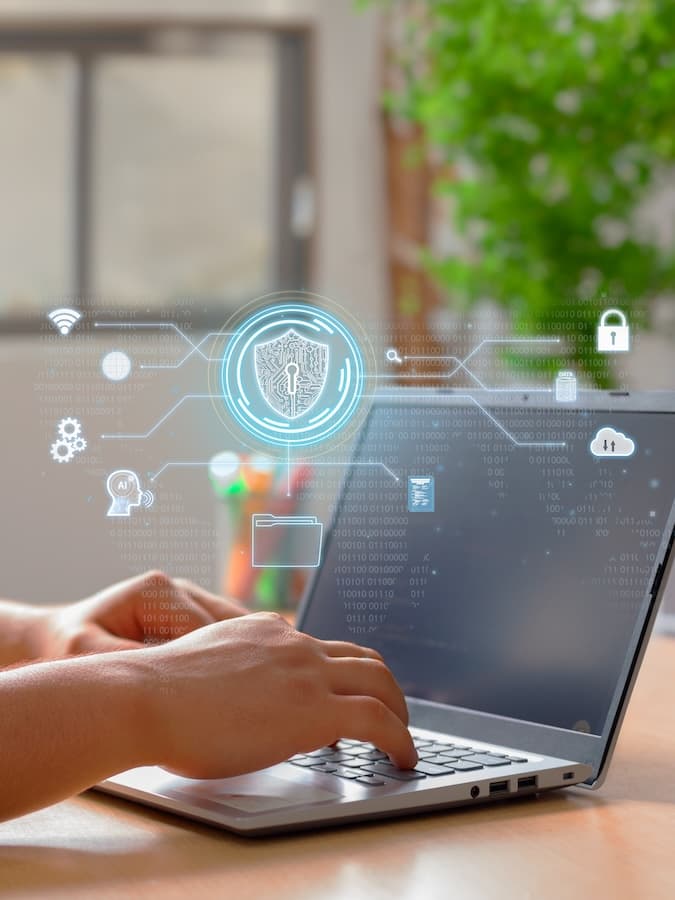Email & Collaboration Security


Advanced Email & Collaboration Security Services for Business Protection
Enhance the security and efficiency of your business operations with our comprehensive managed network and cloud security services. We provide robust, scalable solutions tailored to your specific needs.
Our expert team continually monitors your systems, ensuring threats are detected and neutralized before they can impact your operations. We assist with data protection, privacy, and compliance standards, enabling your robust defense against cyber attacks. With us, benefit from a secure network and fortified cloud infrastructure that ensures critical business data is secure and accessible, enhancing overall performance. Gain peace of mind and focus solely on growing your business.
IS DELIVERED BY EMAIL
BREACHES ARE THE RESULT OF PHISHING
ATTACHMENTS ARE MICROSOFT OFFICE FILES
Challenges of Email & Collaboration Security

Increase in Remote Employees
Remote work and cloud-based collaboration applications such as messaging platforms, file-sharing services, and video conferencing has become increasingly common.

Expanded Attack Surface
The rise of online collaboration and the growth of digital networking are posing significant new security risks as malicious actors exploit the interconnectedness of the modern work surface.

Inadequate Safeguards
The rise of online collaboration tools like Google Workspace and Microsoft 365 pose significant new security risks as malicious actors exploit the interconnectedness of the modern work surface. Additional security measures are needed to supplement these platforms’ native security functions.

Growing Sophistication of Attacks
Cybercriminals continue to refine and adapt their strategies, making it difficult to protect against increasingly sophisticated nature of attacks.
Data breaches are viewed as an even greater risk than even climate change, inflation and another financial crisis.
Source: State of Email Security 2023 Report
What We Do

Ongoing Employee Training
Up-to-date user education and training to help prevent employees from falling victim to phishing and other social engineering tactics.

Identity & Access Management
Controls access by implementing various authentication measures, such as MFA (multi-factor authentication) and SSO (single sign-on).

Monitoring
Controls access to cloud resources by implementing various authentication measures, such as MFA (multi-factor authentication) and SSO (single sign-on).

Next-Gen Email Security
Deploy AI/ML to help detect and block malicious behavior across the entire email network, from permission changes to internal messages send by cloud applications.

DMARC Authentication
Domain-based Message Authentication, Reporting and Conformance (DMARC) detects and prevents email spoofing techniques used in phishing, business email compromise (BEC) and other email-based attacks.

Back-Up/Disaster Recovery
Provides comprehensive back-up and recovery of Microsoft 365, Gmail, Google Drives, Shared Drives, Calendar and Contact with flexible restore options.
Benefits to Your Business

Helps to prevent unauthorized access to sensitive data, protecting both the organization and its customers.
Helps to reduce the risk of cyber threats such as malware, phishing, and ransomware attacks.
Helps to ensure that an organization is meeting compliance requirements as many industries have specific regulations around data protection and privacy.
Uses the cloud to host desktop environments to reduce the risk of data breaches or loss by storing sensitive data centrally and not on individual devices.
Provides comprehensive protection against phishing, malware, spam, and other email-based attacks through email encryption and archiving controls.

FAQ
The primary threats include phishing attacks, malware distribution, ransomware, email spoofing, business email compromise (BEC), unauthorized data access through file-sharing and collaboration tools, and insider threats compromising sensitive information.
Prevention strategies include implementing email authentication protocols (SPF, DKIM, DMARC), conducting security awareness training for employees, using email filtering solutions to detect and block suspicious emails, and employing domain-based message authentication, reporting, and conformance (DMARC) policies to prevent email spoofing.
What measures can organizations take to secure file-sharing and collaboration platforms?
Strategies to mitigate insider threats include implementing strict access controls, monitoring user activities, employing user behavior analytics to detect abnormal activities, conducting regular security training to raise awareness about the risks of data misuse, and having clear policies and procedures regarding data access and sharing.
Encryption secures data by converting it into a code that can only be accessed by authorized users, ensuring that even if intercepted, the data remains unreadable. Data Loss Prevention (DLP) tools help prevent unauthorized sharing of sensitive information by monitoring, detecting, and blocking potential data breaches within emails and collaborative platforms, ensuring compliance with security policies and regulations.


